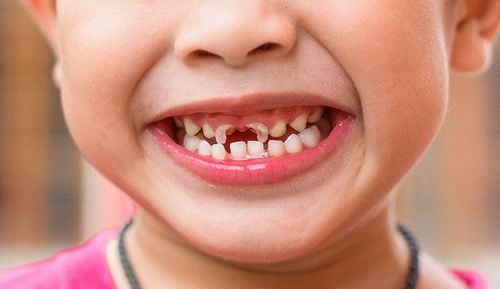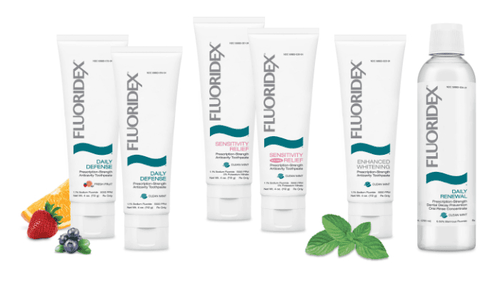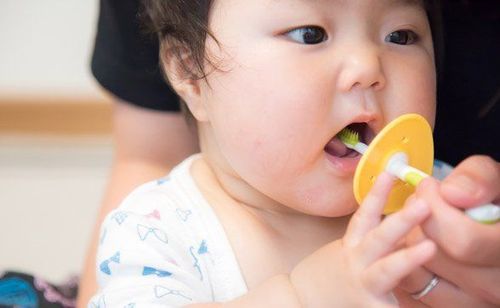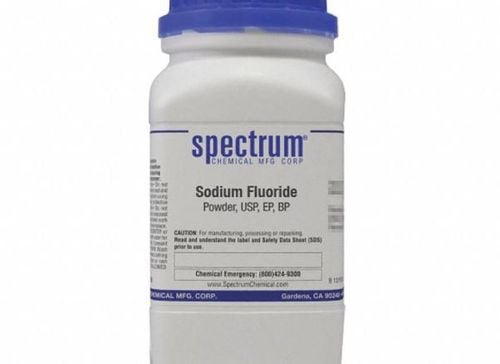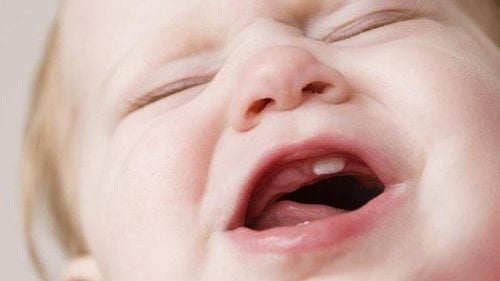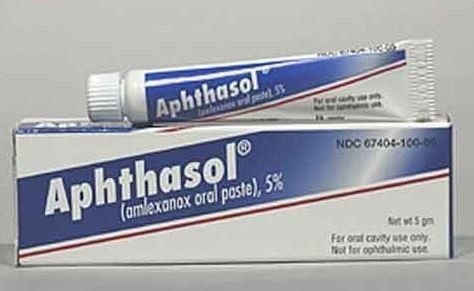This is an automatically translated article.
The article was professionally consulted with Specialist Doctor II Nguyen Khanh Nam - Doctor of Dental - Jaw - Facial - Department of General Surgery - Vinmec Nha Trang International General Hospital.As a child you have 20 baby teeth and as an adult you will have 32 permanent teeth. There are many differences between adult teeth and infant teeth. The following article will help you better understand the development of teeth.
1. Structure of teeth
Each tooth has three layers: enamel, dentin and pulp:
Enamel is the white, visible outer layer. This hard surface protects the inner layers of each tooth from damage from decay or trauma. Yeast is the hardest tissue in the entire body. Dentin: This is the middle layer of the tooth, which most closely resembles bone tissue. Dentin makes up the majority of the structure of the tooth. Pulp: The pulp is the living core of each tooth, and the innermost layer. The structure of the tooth pulp consists of blood and nerves. Each tooth has three main parts: crown, collar, and root. The crown is the part of the tooth above the gum line. And the part of the tooth below the gum line is called the root, which attaches the tooth to your jawbone.
2. Baby's teeth
On average, babies begin to grow their first new teeth at 6 months. All of a child's "baby teeth" come in between the ages of 2-3. Infant teeth are also known as primary teeth, because they are temporary and will fall out. A full set of baby teeth is 20 teeth: 10 upper molars and 10 lower molars.
We get baby teeth because at a young age, a child's mouth is not large enough to have a full set of adult teeth, but children still need teeth to chew food. Therefore, everyone is born with the appearance of both sets of teeth. First the baby teeth and then, as the child gets older, they will fall out and grow larger adult teeth in turn.
Baby teeth only grow for a short period of time, but they have several important roles such as creating space for permanent teeth to erupt, creating normal facial structure, assisting in the development of a clear voice , helps children absorb good nutrition (missing or decayed teeth make chewing difficult, causing children to refuse food), helps give a healthy start to permanent teeth (cavities and infections in baby teeth can cause damage to the developing permanent teeth underneath)
Although baby teeth are only "temporary", it is important that they are kept clean to keep them healthy and help maintain oral health for a lifetime. Tooth decay in childhood can adversely affect adult teeth.
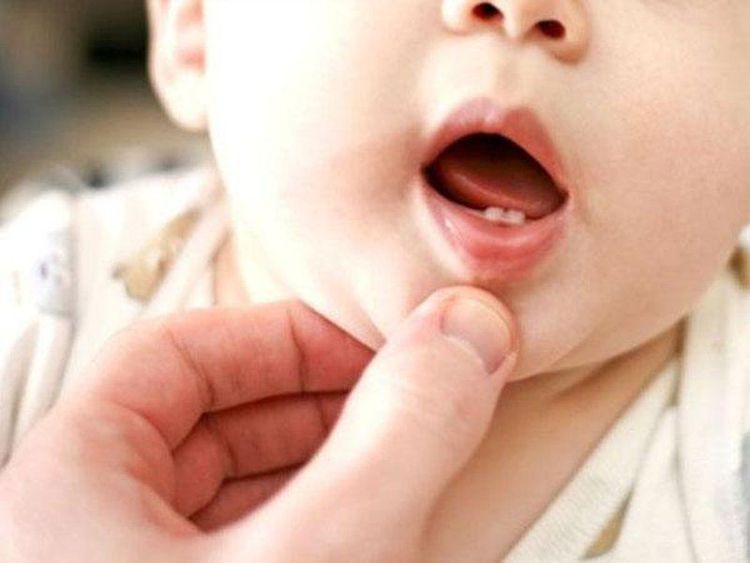
Start brushing your baby's teeth as soon as your child's first tooth comes in. When your child has almost all of his teeth, you can switch to brushing with a children's toothbrush (usually a soft-bristled toothbrush). Remember to use one with a small head so that your baby can brush comfortably and effectively.
3. How many teeth do adults have?
People begin to lose baby teeth and grow adult teeth as early as age 5. Adult teeth consist of 32 teeth. You will have this full set of adult teeth by your teenage years.
Adult or permanent teeth including incisors, canines, premolars and molars:
8 incisors: these teeth are very sharp for holding and cutting food. Your front teeth also help you feel the texture and type of food you eat. 4 canines: The pointed teeth at the top and bottom are called canines, or canines. They have crests for biting and tearing food. 8 premolars: These teeth are located between the canines and molars both physically and physically. Premolars look like molars but they have two tips and are sometimes called bicuspids. Premolars help cut and tear food. 12 molars: have a wide chewing surface for crushing food before it is finally swallowed. Molars include your wisdom teeth, your third set of molars, which can appear as late as your early 20s and are usually removed after that. Not everyone can be comfortable with 32 permanent teeth in the mouth. Many studies show that the human jaw began to shrink around the time people transitioned from a hunter-gatherer society to a sedentary one. This may be because the foods people eat are cooked to be softer and easier to chew, so eating to survive doesn't require large, strong jaws. Having too many teeth for your jaw size can cause:
Misaligned teeth Increase rate of tooth decay Affected wisdom teeth Risk of periodontal disease
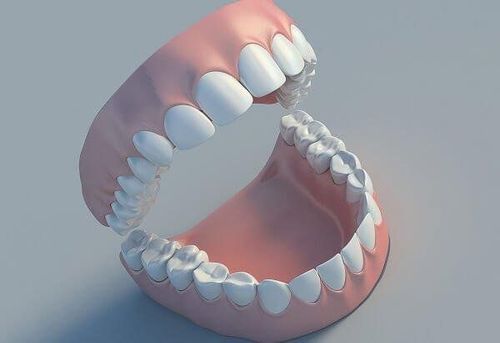
This is why many adults have to have their wisdom teeth removed.
Out of 32 teeth, each has its own function in the process of chewing and eating. Take good care of your teeth and keep your gums healthy to avoid tooth decay and other overall health problems.
Please dial HOTLINE for more information or register for an appointment HERE. Download MyVinmec app to make appointments faster and to manage your bookings easily.





